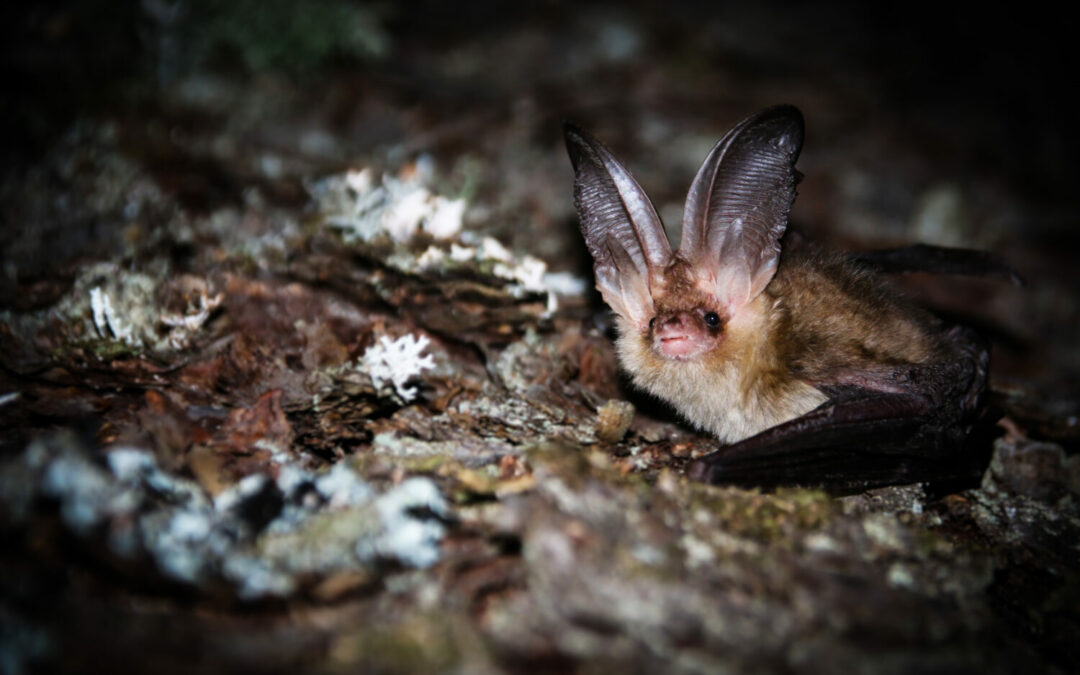Mind the gap: Canopy clearings are key for bat conservation
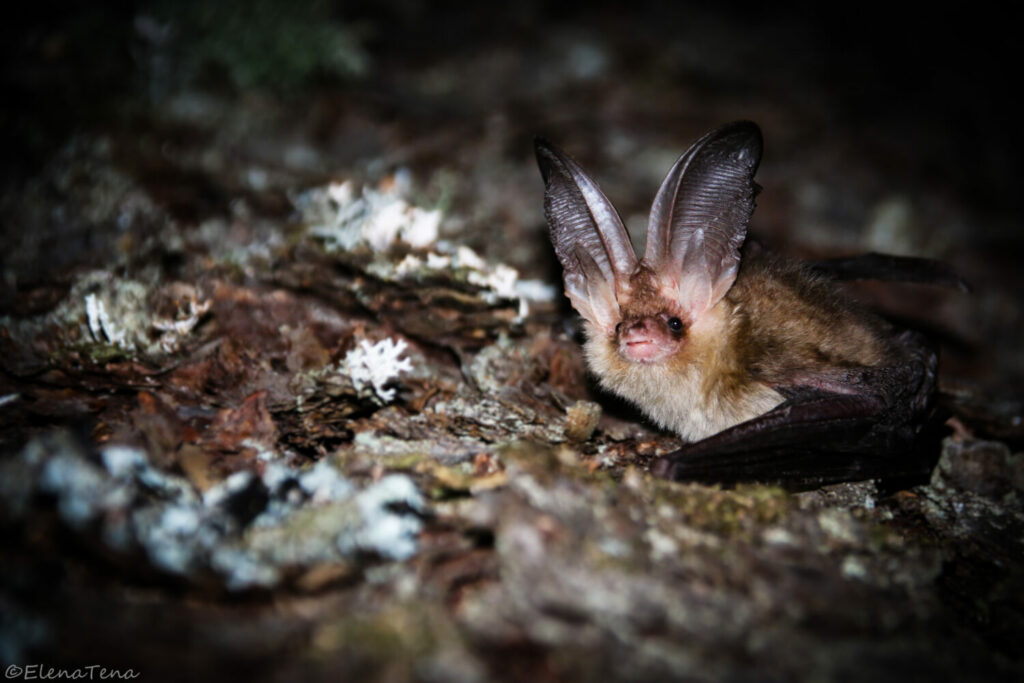
Brown Long-Eared Bat (Plecotus auritus), a tree- dwelling species. Elena Tena, Author provided
Gaps are considered as small canopy clearings within a forest. They can be generated naturally (for example, by inclement weather, such as a snowfall, wind or lightning from a storm that knocks down a tree and creates an open between a continuous mass of trees) or artificially (by logging).
These gaps constitute small microhabitats that contribute to increase the biodiversity within a forest. They favor the regeneration of new species of plants, and consequently of new species of fauna such as insects, birds and bats.
The high species richness within the gaps has been demonstrated in many scientific articles from tropical areas, and specifically with bats. These winged mammals use the gaps for foraging and moving around.
The bats of the pine forests
Researchers from the Evolution and Conservation Biology Research Group of the Complutense University of Madrid, together with the University of Alcalá and the Autonomous Organization of National Parks, have studied whether the richness and activity of bat species are higher in gaps of within a large forest of Scots pine (Pinus sylvestris) than in the nearby forest. It is the first time that the diversity of these mammals in temperate forest areas has been compared in this way.
The gaps act as small patches of herbaceous plants within the large masses of Scots pine trees, which end up attracting insects and, later, other fauna such as bats.
Because all bats in Europe are insectivores, gaps are considered as good feeding areas. In addition, gaps generate an edge effect between the forest and the grassland, and bats can use these ecotones as corridors to move around different patches of the landscape.
Many of these animals can roost in the forest during the day and move within gaps during the night, so this provides a perfect combination between roost and feeding areas.
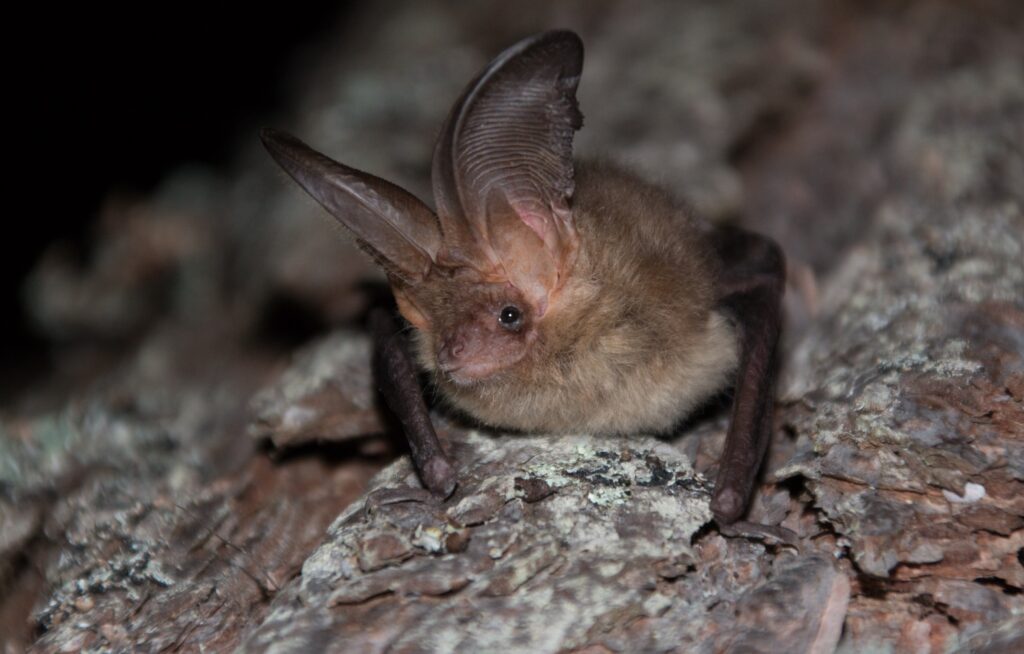
Brown Long-Eared Bat (Plecotus auritus) is a common species of the study area.
Elena Tena, Author provided
How do we study bats?
We use bat detectors to record the diversity and activity of bats during ten nights between the months of July and August of 2016 and 2017.
Bats use ultrasounds to be able to move and locate in space. When the sound reaches an object, it bounces back towards the bat and the animal is able to perceive the distance and size of the object and even if it is prey.
The sounds they make are generally above our audible range (from 20 kHz to 120 kHz), so we need specialized microphones that record these sounds. Later, we can observe their sonograms in image on a computer and, by measuring a series of parameters, we can identify the species in many of the cases.
In this way, without the need to manipulate the animals or cause them any stress, we can know if the bat is passing through, foraging or interacting with others.
We used 18 detectors that were distributed in pairs: one detector was placed in the gap and another detector about 250 meters away in the forest nearby. Thus, we had the in situ comparison of the bat richness and activity of the gap and the adjacent forest.
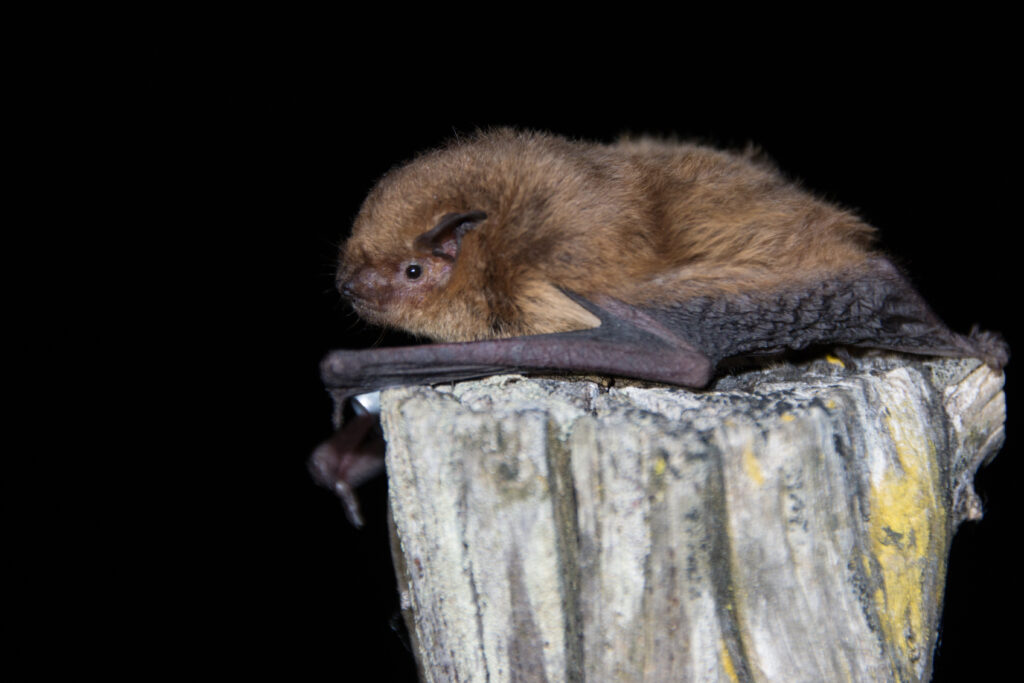
Another common species is the Soprano Pipistrelle (Pipistrellus pygmaeus).
Elena Tena, Author provided
Higher species richness and activity in tha gaps
By analyzing the 228 108 bat calls recorded, we were able to verify that the species richness and the activity of the bat assemblage were higher in the gaps than in the adjacent control points. A similar pattern was detected in the forest bat species that are more sensitive to forest management.
These results evidence the importance of gaps for the forest bat assemblages and, therefore, the need to manage these gaps to improve their conservation within large areas of continuous tree cover.
Obviously, we are not saying that the forests should be destroyed, but we are saying that, for forest species of bats, maintaining and managing the existing gaps in the forest helps to maintain their species richness and activity.
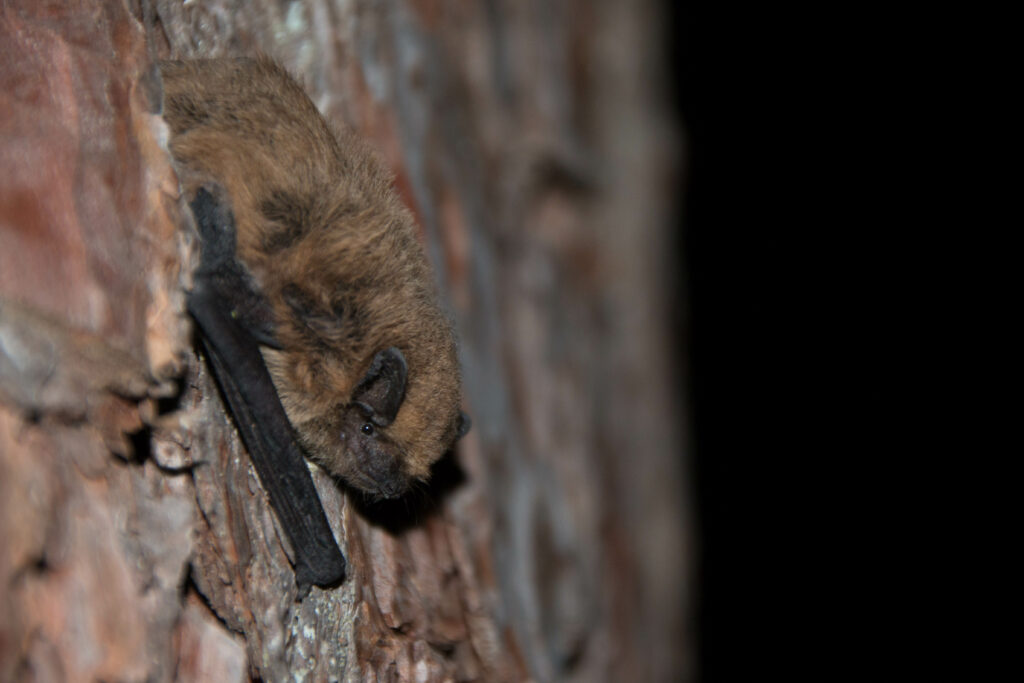
The Common Pipistrelle (Pipistrellus pipistrellus).
Elena Tena, Author provided
Why conserving bats?
Unfortunately, many animals have an undeserved negative connotation, as is the case with bats. They have been linked a lot lately with the coronavirus. However, to this day, the source of the COVID-19 pandemic remains unknown.
The finding of SARS-CoV-2-like coronaviruses in pangolins suggests that this group of viruses is not unique to bats and that their spectrum of natural hosts could be broader than previously thought. Furthermore, neither bats nor any other animal have any role in the progress of the epidemic, which is based on human-to-human transmission.
Regardless of the source of this pandemic, the illegal trade and sale without sanitary control of wild animal species are clear causal factors. To prevent future pandemics, the international community should intensify its fight against this scourge on health and biodiversity.
Bats provide important ecosystem services:
- They are as useful plant pollinators as for example, banana trees or agaves where tequila comes from.
- They act as seed dispersers. As flying mammals, they can transport seeds long distances and even between islands.
- They serve to control insect populations. A common bat in the breeding season can eat up to 3,000 insects per night, two-thirds of its own weight in insects.
Millions of euros and tons of pesticides would be needed to replace their role in pest control of crops. In addition, bats feed, among others, on blood-sucking mosquitoes that can transmit diseases such as malaria.
Unfortunately, despite their enormous evolutionary success in all continents, with more than 1,400 species (35 in Spain), bats are very sensitive to environmental changes. Therefore, research on these species is still very much needed.
Elena Tena López, Estudiante de doctorado, Universidad Complutense de Madrid y José Luis Tellería, Catedrático de Universidad. Departamento de Biodiversidad, Ecología y Evolución, Universidad Complutense de Madrid
This article was originally published on The Conversation. Read the original.
Original research:

